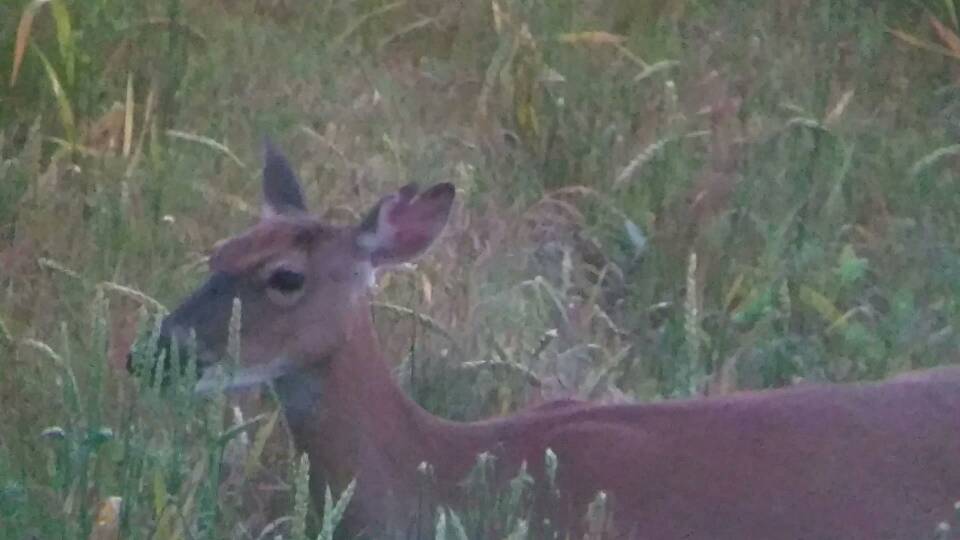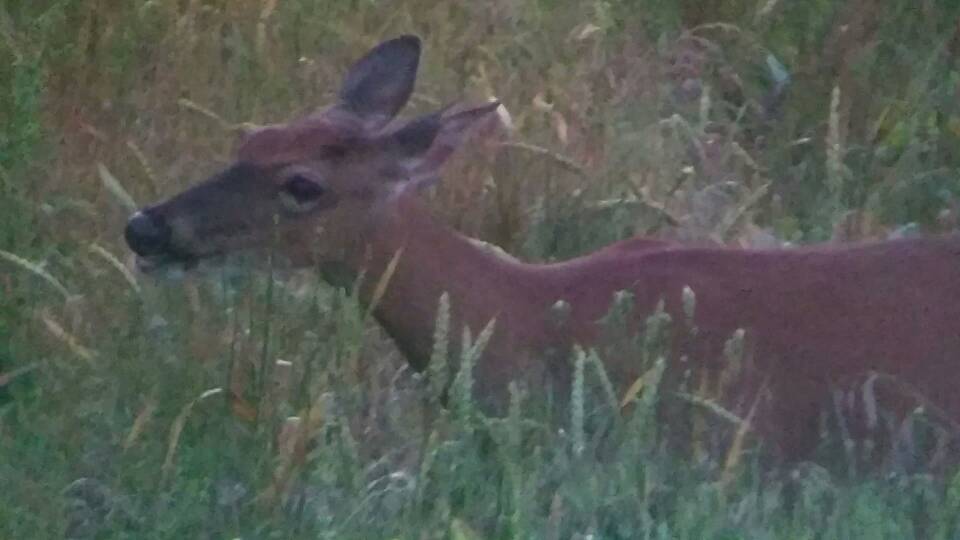dogghr
Well-Known Member
Lickcreek spent a lot of time defending his love for WR on the old forum,and took a lot of abuse about it at times. Was thinking of all his knowledge as I mowed this week.
So I did my mowing of my plots readying for fall plantings. I have used both rye and wheat, sometimes a mixture, sometimes not, over the years. My observations….. yours may differ.
Winter Wheat
Deer love both but really do like wheat in the fall and winter
I see little use of seed heads in spring/summer by game
Wheat is cheaper in my area.
Wheat greens later in spring
I don't see as much browse of wheat in spring green up, perhaps because its is latter than rye.
Both can be over seeded into early Nov. Good for brassica plots that have been browsed heavy.
Wheat tillers more ( in plant growth) so if manual tillage is to be done, is a bit harder especially if using a rototiller.
Good grain cover crop for most anything.
Some weed control if planted heavy to canopy, but on its own, not so much.
Provides fawning cover early summer but often is beat down by then with rains, wind, and animal traffic
Winter Rye, the grain not grass
A bit more expensive since all farmers now cover crop in winter with it
Early spring green up almost before anything.
Deer browse it heavy in fall and again in spring as soon as it reappears.
Doesn't tiller as wheat thus is easier to use with tillage especially if using rototiller
Residual seed gives good fall recropping which can be a plus or minus depending on thickness
Excellent soil building qualities especially in mixes
It will grow anywhere including the bed of your truck
Can be over seeded into Nov and will germinate with temps into the 30s
Used in crop rotations as mixtures, helps promote excellent soil nutrients, ph, and OM
Makes great fawning cover early summer
And most important, not much anything better for inherently suppressing in a variety of ways weeds and grasses
My opinions, you may add or argue or subtract
So I did my mowing of my plots readying for fall plantings. I have used both rye and wheat, sometimes a mixture, sometimes not, over the years. My observations….. yours may differ.
Winter Wheat
Deer love both but really do like wheat in the fall and winter
I see little use of seed heads in spring/summer by game
Wheat is cheaper in my area.
Wheat greens later in spring
I don't see as much browse of wheat in spring green up, perhaps because its is latter than rye.
Both can be over seeded into early Nov. Good for brassica plots that have been browsed heavy.
Wheat tillers more ( in plant growth) so if manual tillage is to be done, is a bit harder especially if using a rototiller.
Good grain cover crop for most anything.
Some weed control if planted heavy to canopy, but on its own, not so much.
Provides fawning cover early summer but often is beat down by then with rains, wind, and animal traffic
Winter Rye, the grain not grass
A bit more expensive since all farmers now cover crop in winter with it
Early spring green up almost before anything.
Deer browse it heavy in fall and again in spring as soon as it reappears.
Doesn't tiller as wheat thus is easier to use with tillage especially if using rototiller
Residual seed gives good fall recropping which can be a plus or minus depending on thickness
Excellent soil building qualities especially in mixes
It will grow anywhere including the bed of your truck
Can be over seeded into Nov and will germinate with temps into the 30s
Used in crop rotations as mixtures, helps promote excellent soil nutrients, ph, and OM
Makes great fawning cover early summer
And most important, not much anything better for inherently suppressing in a variety of ways weeds and grasses
My opinions, you may add or argue or subtract


